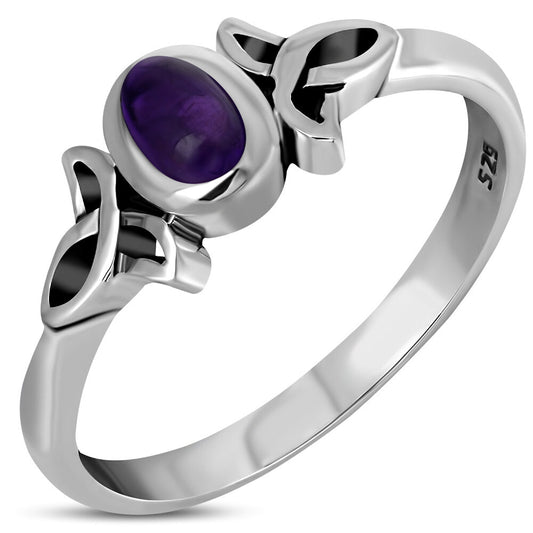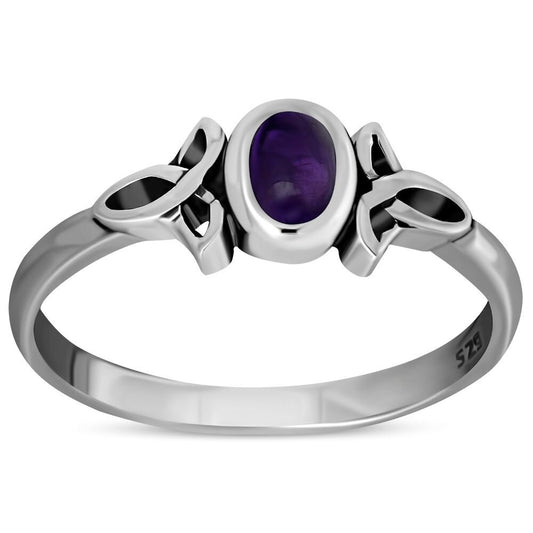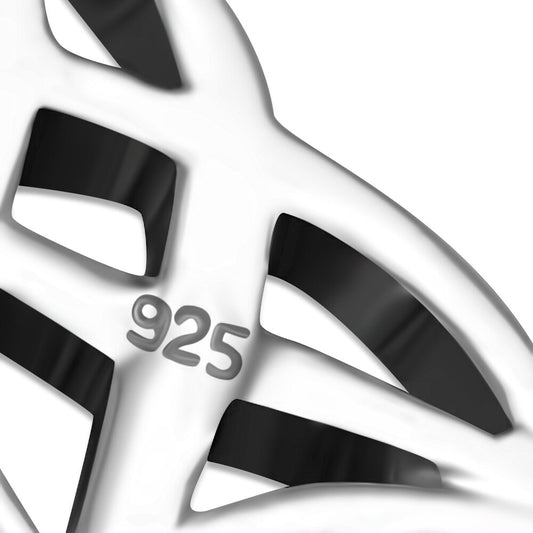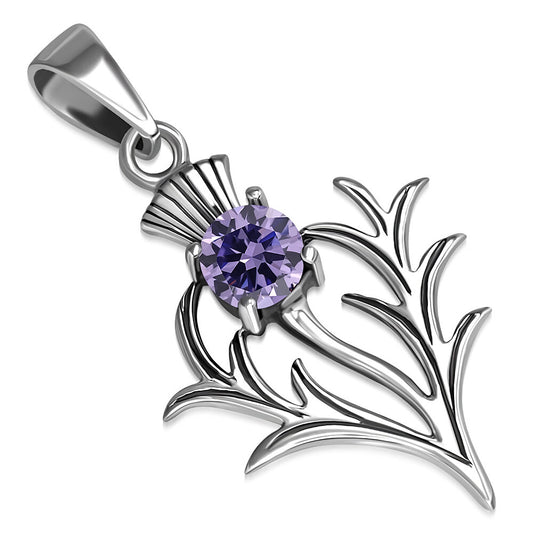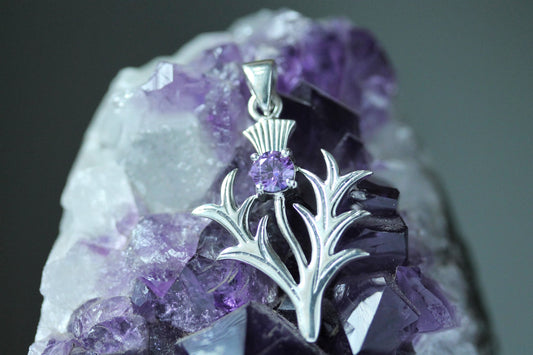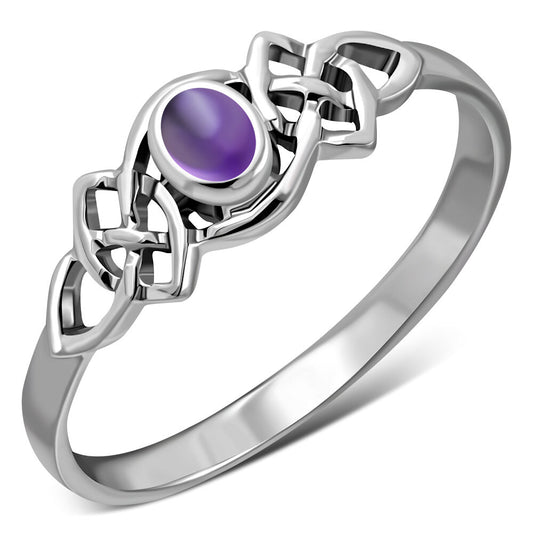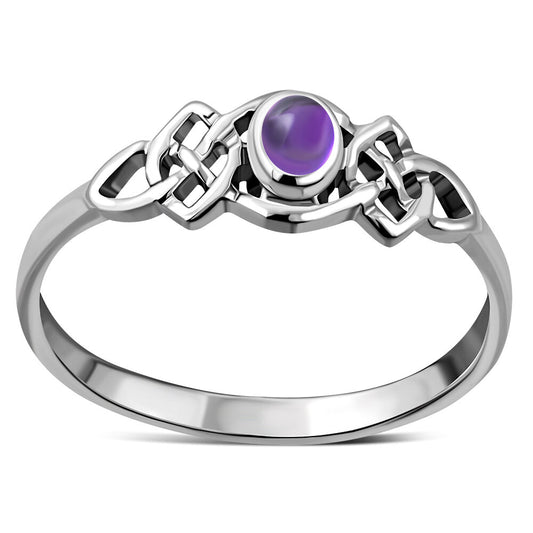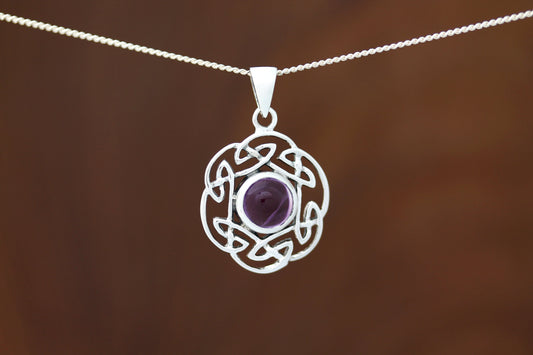
In the tapestry of Celtic symbolism, few motifs weave a tale as captivating as the triquetra, also known as the trinity knot. Comprising three equally sized triangles interlocked to form a symmetrical trefoil knot, the triquetra is a simple yet profoundly meaningful symbol in Celtic culture.
Origins and Design
Derived from the Latin words "tri" (three) and "quetrus" (cornered), the triquetra is a manifestation of three elements entwined in a dance of unity. The interlocking triangles create a harmonious balance, representing the cyclical nature of life, death, and rebirth. Visually, it is akin to a single thread leaping over and under itself, forming an intricate knot that exudes both simplicity and beauty.
Symbolic Significance
In the realm of Celtic spirituality, the number three holds profound importance. The triquetra encapsulates the concept of the trilogy—the union of body, mind, and spirit to bring forth the magic of creation. As a representation of the trinity, it symbolizes the rhythm of life, the family unit, and the flow of time—past, present, and future.

Magical Insights
In tarot symbolism, the triquetra is linked to the card representing the creator, destroyer, and sustainer of one's own reality. It encourages individuals to unite their body, mind, and spirit, unlocking the magic of creation within. The call to become the "third point of light" suggests integrating opposing forces and revealing new creations, capturing the essence of the triquetra's transformative power.
Celtic Mythology and ‘Three
In Celtic mythology, the number three permeates the narrative of creation and existence. The triquetra mirrors the balance and stability inherent in the three-fold worldview, encompassing three material domains (earth, sea, and sky) and three spiritual realms (earth, heaven, and the underworld). Additionally, Celtic lore introduces us to the concept of 'triple goddesses,' embodying the divine feminine in three aspects—maiden, mother, and crone.
Physical Manifestations in Scotland
The triquetra's resonance is not confined to the realms of symbolism; it echoes through physical spaces in Scotland. Exploring ancient sites such as the Celtic Crosses at Iona Abbey or the intricate carvings at Melrose Abbey unveils the presence of the triquetra, connecting visitors with the rich tapestry of Celtic history and spirituality.
As we navigate our journey on planet Earth, the triquetra beckons us to embrace the interplay of opposites, to unite the realms of body, mind, and spirit. Through its elegant design and profound symbolism, the Celtic trinity knot invites us to become active creators of our reality, embodying the rhythm, balance, and magic inherent in the number three—a timeless reminder of the interconnectedness that binds us all.

*References:*
1. Green, Miranda J. (1997). **Symbol and Image in Celtic Religious Art.**
2. MacLeod, Sharon Paice. (2003). **Celtic Myth and Religion: A Study of Traditional Belief, with Newly Translated Prayers, Poems and Songs.**


